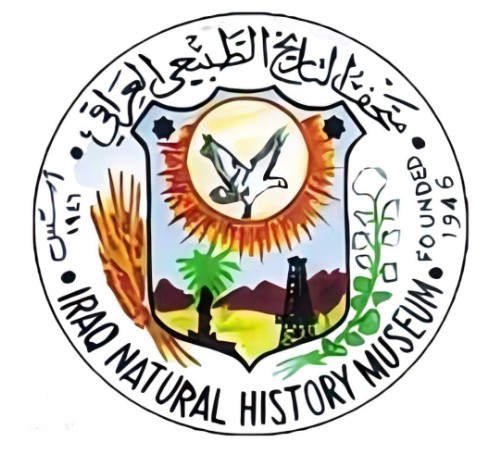SEASONAL POPULATION ABUNDANCE OF THE CHRYSANTHEMUM APHIDS (HOMOPTERA, APHIDIDAE) IN THE MIDDLE OF IRAQ WITH PICTORIAL KEY TO SPECIES
DOI:
https://doi.org/10.26842/binhm.7.2017.14.4.0315Keywords:
, Aphid key, Chrysanthemum, Hemiptera, IraqAbstract
This study was based on the determination of aphid species that infested Chrysanthemum sp. (Asterales, Asteraceae) in the middle of Iraq; five aphid species belong to subfamily Aphidinae were recorded: Aphis fabae Scopoli, 1763, Aphis gossypii Glover, 1877, Coloradoa rufomaculata (Wilson, 1908), Macrosiphoniella sanborni (Gillette, 1908) and Myzus persicae (Sulzer, 1776). A. gossypii was the most dominant species throughout the study period while M. persicae is the lesser species.
A summary of the main taxonomic characters is presented here and a pictorial key which was designed to separate aphid species colonizing Chrysanthemum sp. is also presented.
Downloads
References
Al-Ali, A.S. 1977. Phytophagous and entomophagous insects and mites of Iraq. Bulletin of the Iraq Natural History Museum, 33:142 pp.
Ali, B.H., Agarwala, B. K. and Kaddou, I. K. 2012. New records of Aphids of the Subfamily Aphidinae (Homoptera: Aphididae) infested herbaceous plants and shrubs for aphid fauna of Iraq. Advances in Bioresearch, 3 (4): 66- 75.
Blackman, R.L and Eastop, V.F 2006. Aphids on the World’s Herbaceous Plants and Shrubs. (Volume 1: Host lists and keys / Volume 2: The aphids), John Wiley and Sons, Ltd., Chichester, 1024 pp.
Bodenheimer, F. and Swirski, E. 1957. Aphidoidea of the Middle East. Weizmann Science Press, Jerusalem, 378 pp .
Daoud, A. K. and El-Haidari, H.S. 1968. Recorded aphids of Iraq. Iraq Natural History Museum, Publication, No. 24, 37 pp.
Daoud, A. K. and El-Haidari, H.S. 1969. New Aphid records from Iraq. Bulletin of the Iraq Natural History Museum, 4(I): 10-14.
Dixon, A.F.G. 1987. Cereal aphids as an applied problem. Agricultural Zoology Reviews. 2: 1–57
Eastop, V.F. and Van Emden H.F. 1972. The insect material. in Van Emden HF (ed.) Aphid technology, pp 1-45. Academic press, London and New York.
Ilharco, F.A. and van Harten, A. 1987. Systematics. pp.51-77 in Minks, A.K. & Harrewijn, P. (eds.) Aphids, their Biology, Natural Enemies and Control, Vol. A. Elsevier, Amsterdam.
Kluepfel, M. and Scott, J. M. 2005. Chrysanthemum diseases & insect pests. (Available at: http://www.clemson.edu/extension/hgic)
Martin, J. H. 1983. The identification of common aphid pests of tropical agriculture. Tropical Pest Managemen, 29: 395-411.
Miller , G. L. and Stoetzel, M.B. 1997. Aphids Associated with Chrysanthemums in the United States. The Florida Entomologist, 80(2): 218-239.
Remandière, G, and Remandière, M. 1997. Catalogue des aphididae du Monde/Catalogue of the world’s aphididae . Homoptera, Aphididae. INRA Edditions Versailles Paris, 478 pp.
Schread, J. C. 1956. Systemic Insecticides to control mealybug, scale, aphids and cyclamen mite on ornamentals. The Connecticut agricultural experiment station, New Haven, 18 pp.











